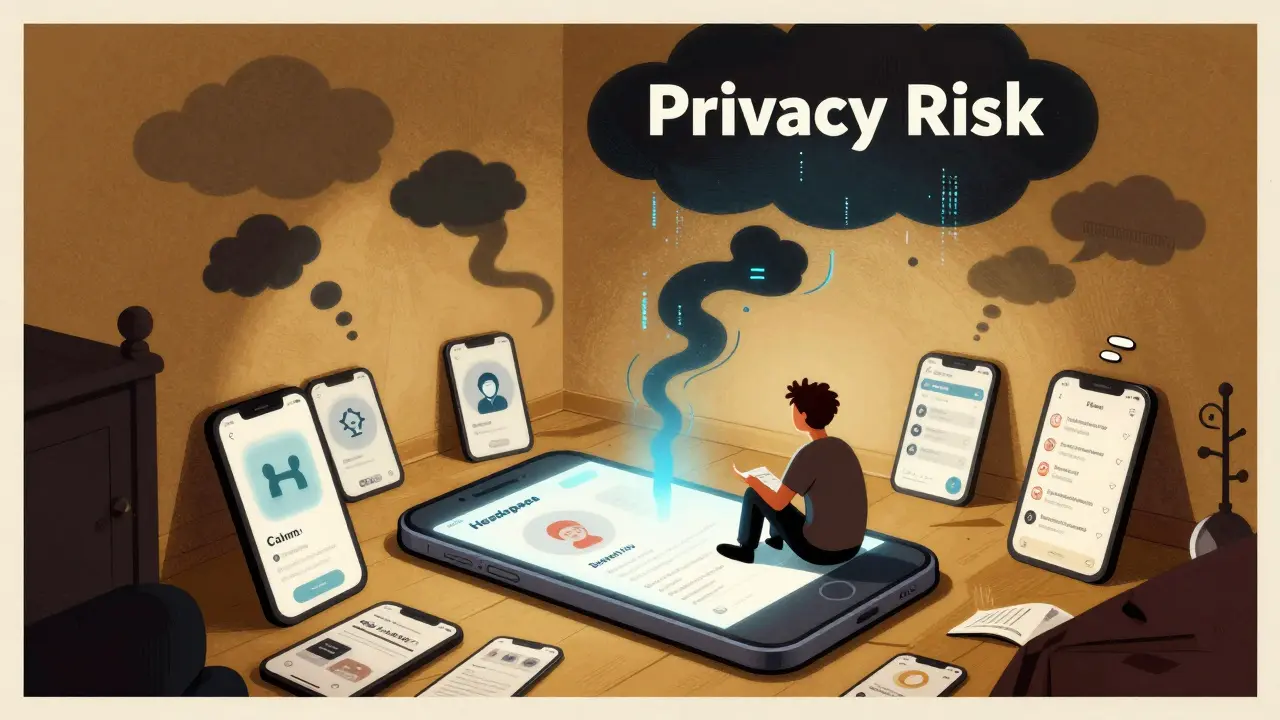Mental Health: Practical Steps You Can Use Today
Feeling low, anxious, or stuck? You’re not alone and you don’t need complicated advice. This page gathers practical tips, treatment basics, and real-life experiences to help you move forward. If you want focused reads, check our pieces on Effexor (real user tips and side effects) and Seasonal Affective Disorder (how to spot it and what helps).
Quick, Real-World Help
Start with small, specific actions. Track your mood for two weeks—note sleep, meals, activity, and one thing that changed your mood. Try 20–30 minutes of daylight or a walk outside each day. Schedule one social activity a week, even if it’s a short phone call. Small wins help your brain rebuild motivation.
If sleep is off, fix that first: set a consistent bedtime, avoid screens an hour before bed, and keep the room cool and dark. Better sleep often improves mood more than you expect.
Understanding Treatments Without Jargon
Medications like Effexor (venlafaxine) can work well for many people. Read our Effexor article for what to expect, common side effects, and tips from people who’ve used it. If you start or stop any antidepressant, do it with a doctor’s plan—stopping suddenly can cause withdrawal symptoms.
Seasonal Affective Disorder (SAD) usually shows up in fall or winter. Symptoms include low energy, loss of interest, and craving carbs. Light therapy (10,000 lux box) for 20–30 minutes each morning often helps. Our SAD article explains how to set up light therapy and other easy changes like shifting your routine and boosting morning activity.
Therapy matters. Cognitive-behavioral therapy (CBT) gives tools to handle negative thoughts and build new habits. If you can’t see a therapist in person, look for online options or guided apps—many use CBT techniques you can try right away.
Know the difference between normal low days and when to get help. If you’ve lost hope, have persistent thoughts of hurting yourself, or can’t function at work or home, contact a healthcare professional now. If you’re in immediate danger, call emergency services or a crisis line in your area.
Practical support also includes nutrition and movement. Eat regular meals with protein and veggies; skip heavy alcohol when you’re low—it worsens mood. Move in ways you enjoy: a 15-minute dance break, a short run, or a walk with a friend can reset your brain chemistry.
Use tools that make life easier: medication reminders, mood-tracking apps, timers for light therapy, and a simple daily checklist. Share one clear need with a close friend or family member—ask for a check-in call or help booking an appointment.
Read our detailed posts for deeper info: the Effexor guide for medication experiences and the SAD guide for seasonal strategies. These pieces give real tips from people and practical steps you can try now.
You don’t have to fix everything at once. Pick one small action from this page and try it today. If it helps, build on it. If it doesn’t, try a different small step and keep going.


